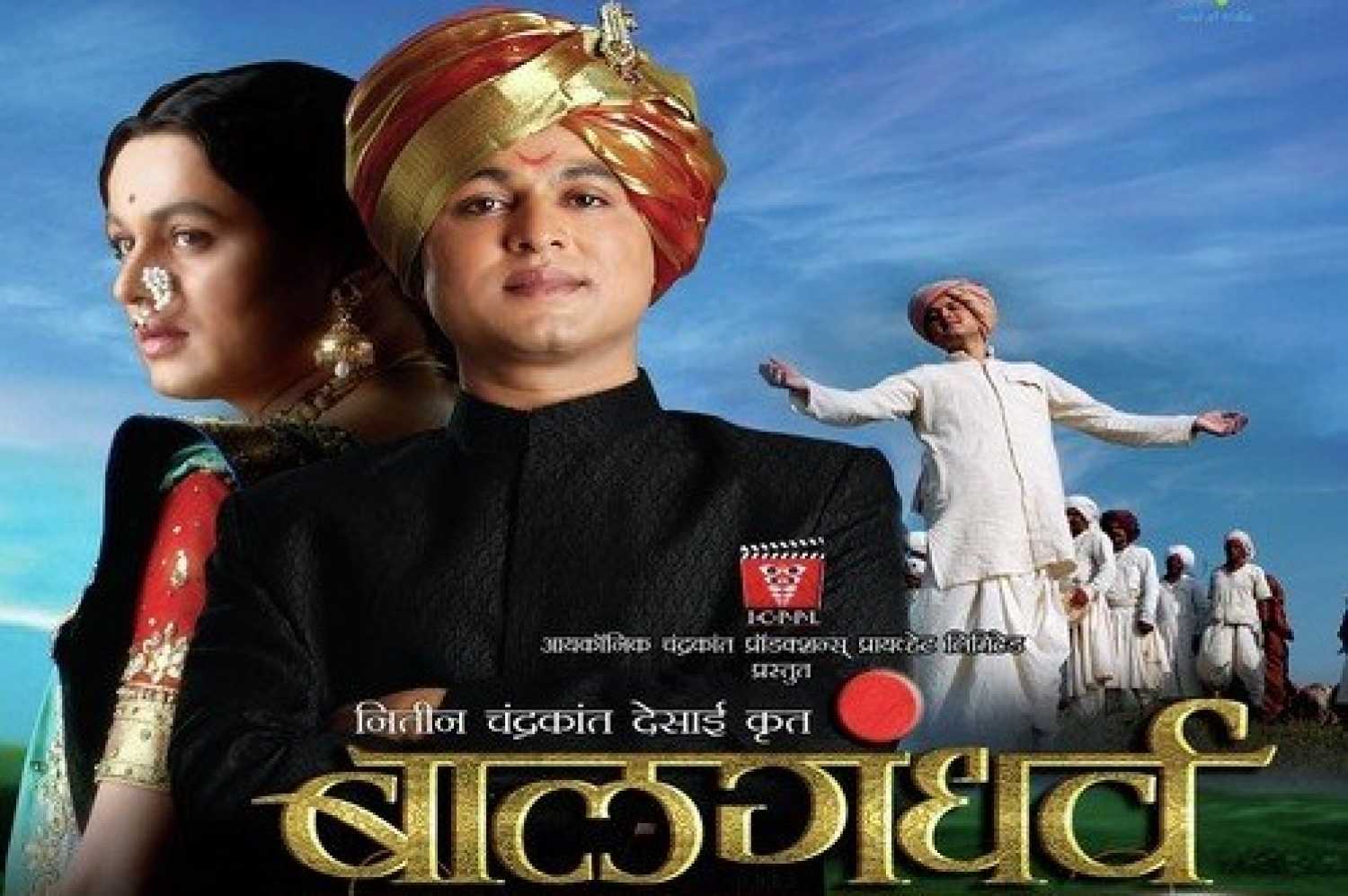Directed by Ravi Jadhav, the film traces the rise and fall of Bal Gandharva, a phenomenal singer and performer who revolutionized Marathi theatre in the early part of the 20th century.
10 years of Balgandharva, tale of an extraordinary artiste whose hubris led to his downfall – Anniversary special
Mumbai - 06 May 2021 17:09 IST
Updated : 08 May 2021 14:11 IST


Suyog Zore
After the stupendous success of Natrang (2010), a film about a tamasha artiste overcoming hurdles created by his family and society to realize the unthinkable dream of starting his own theatre company, ad filmmaker-turned-feature film director Ravi Jadhav explored the themes of the relationship between an artiste and art and how far the artiste should go to achieve his goal with his second project Balgandharva (2011).
The film, which dramatized the life of Narayan Shripad Rajhans (1888-1967) — popularly known as Bal Gandharva, a phenomenal singer and fabulous performer who revolutionized Marathi theatre in the early part of the 20th century — completes 10 years today.
Biopics have become such a rage in Hindi as well as regional film industries in the past few years that one might find it difficult to believe that just a decade ago, biopics were as rare as, say, songs without autotune today. Jadhav, in an interview, had admitted that his goal in making Balgandharva was to honour the legend and acquaint the younger generation with the legend and his art form, and the film succeeds in doing that.
The film explores the rise of the legendary singer; his relationships with his co-artistes, his mother, his wife and other women; how his craft slowly started to take precedence over his ties with the real world; and finally how his hubris led to his downfall.
Narayan, who was dubbed Bal Gandharva by freedom fighter Lokmanya Bal Gangadhar Tilak, was a child prodigy. He joined the theatre troupe Kirloskar Natak Mandali after completing his formal training in classical singing, and soon became the undisputed king of musical theatre in Maharashtra.
Following a dispute, Narayan decides to start his own theatre company, the Gandharva Natak Mandali. Despite initial success, after running up huge bills on lavish sets, expensive sarees and perfumes and trusting the wrong people, he leads the company into debt.
Amidst his rise and fall on the professional front, Narayan completely ignores his wife, mother and children. The film also briefly explores his relationship with his second wife Gohar Jaan.
With meticulous and opulent sets, courtesy veteran art director Nitin Chandrakant Desai, who also produced the film, and equally beautiful costumes by Neeta Lulla and make-up by National award-winning artist Vikram Gaikwad, Balgandharva transports the viewer to the early 20th century. Grandeur on this scale hadn't been seen in Marathi cinema. In fact, Balgandharva was the most expensive Marathi film ever at the time of its release.
Beyond the aesthetic appeal, it is Subodh Bhave's breathtaking performance and the uplifting and melodious music that places this film head and shoulders above typical period dramas.
Bhave's body of work comprises excellent as well as mediocre projects. In Balgandharva, the actor delivered a milestone performance. Be it the scene where he breaks into tears while looking at himself in the mirror, realizing that he is mourning the loss of his only child on stage, or the one where he gets back home and breaks down.
Balgandharva marked a turning point in Bhave's career, establishing him as one of the country's finest actors. After this film, he went on to do two more biopics — Lokmanya Ek Yugpurush (2015) and Aani... Dr Kashinath Ghanekar (2018), earning him the sobriquet, Biopic King.
The film's soundtrack, which comprises 22 recreations of classical compositions from Bal Gandharva's plays by Kaushal Inamdar, bagged for singer Anand Bhate the Best Male Playback Singer trophy at the 59th National Film Awards ceremony in 2012. The film also won the Best Costume Design and Best Make-up Artiste awards.
Although Balgandharva did not break any box-office records and also received its fair share of criticism, one cannot deny that the film transformed Marathi cinema. First, it gave producers and directors the confidence to take up big-budget projects. The ripple effect of Balgandharva's success can be seen in films released in the following years. Bhave himself admitted in an interview that if there had been no Balgandharva, there would have been no Katyar Kaljat Ghusali (2015), the most acclaimed and successful film of his career to date.
While many film enthusiasts feel the world has now forgotten about Balgandharva, the truth is that it has had such an impact on Marathi cinema and its audience that it will never fade into obscurity — more so now when Bhave is coming out with his second directorial venture, Manapman, based on Bal Gandharva's stupendously popular play of the same name.




